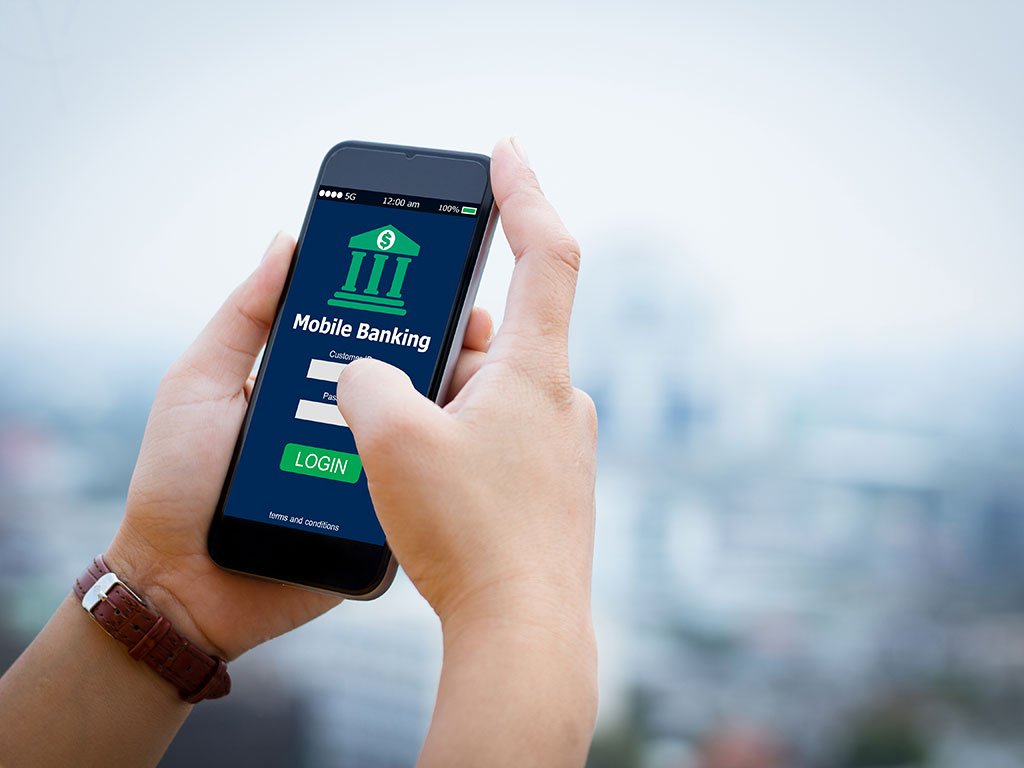In today’s fast-paced, digital world, the financial landscape is continually shifting. The development of mobile banking has revolutionized the manner in which individuals manage their finances. This has made banking not just more accessible to the general public, but also more productive, creative, and open to new ideas.
The worldwide mobile banking market achieved a worth of $715.3 million in 2018 and is projected to attain $1,824.7 million by 2026.. This article delves into the specifics of mobile banking, including its current state in the banking industry, and future of fintech.

Impact on Financial Industry
- Financial Inclusion
One of the most far-reaching benefits of mobile banking is the increased availability of financial services. There are now millions more individuals than ever before who can take use of banking services. Due to the accessibility of fundamental financial services through mobile devices, formerly excluded individuals may now enter the legitimate financial system.
- The Demise of the Traditional Financial System
The banking sector has been revolutionized with the introduction of mobile banking. There are other ways to get your hands on banking services than visiting a physical branch. Banks may now offer their customers more competitive rates and services because of the reduction in their operational costs.
- Stimulating Imagination
There is a lot of competition in the financial technology field, which has led to quick progress. Fintech companies and traditional banks are always adding new features and services to mobile banking to stay ahead of the game. Some of the things that have come out of this trend are peer-to-peer (P2P) payment systems, digital financial advisors, and cryptocurrencies.
Key Features and Services
- P2P Payments
Peer-to-peer transfers are used for almost all mobile payments. Apps like Venmo, PayPal, and Cash App make it possible to send and receive money online right away.
- Banking and payments on your phone
Apple Pay and Google Pay are examples of mobile wallets that let people store their credit card information in a safe place on their devices. Contactless payments are fast and safe thanks to this technology, which has made traditional cards outdated.
- Self-Management of Money
There are more and more advanced tools for handling one’s own money that can be used with mobile banking apps. It is possible to set up budgets for users, keep track of their spending, and look at how they spend their money. This function makes it much easier for people to take care of their own finances.
- Using bitcoin transfers
As the demand for digital currencies grows, more and more mobile banking apps are thinking about adding bitcoin transfers. This could mean that we need to change a lot about how we manage both physical and digital resources.
Future Trends and Challenges
- Artificial Intelligence and Machine Learning
The use of AI and machine learning techniques is making mobile banking better. These changes make it possible to use prediction analytics, find scams, and give personalized financial help.
- Regulatory Compliance and Security
As mobile banking becomes more and more popular, it will be more important than ever to follow the law and follow tight security measures. Finding a good mix between ease and safety will continue to be one of the company’s biggest challenges.
- Blockchain-based technology for distributed finance (DeFi)
Using blockchain technology and the idea of “decentralized finance” can help the financial services business in a lot of ways. If these changes are made to mobile banking systems, financial institutions may become more open, efficient, and easy for more people to use.
The Role of Mobile Banking in Economic Growth
- Empowering Small Businesses
Mobile banking is a big deal for small companies and people who work for themselves. With modern tools like mobile invoices, business owners may be able to better control their cash flow. The fact that finance and funding services are becoming available on mobile platforms is also a big financial boon for growing companies.
- Driving Digital Economies
Many countries that don’t have good access to standard banking facilities are moving faster toward digital economies because of mobile banking. It gives people more chances to do business, helps the market grow, and is good for everyone.
- Financial Education and Literacy
Mobile banking apps can be used for more than just putting money in and taking it out of your account. They can also be a great way to learn. There are mobile apps that can help you with spending, trading, and saving money, among other things. The end result is that people are better able to make choices that are good for their money.
Future Problems with Data Privacy and Security
As mobile banking is linked, it is very important to keep clients’ private information safe. The IT industry is always looking for a balance between usefulness and safety. In 2020, approximately 1.9 billion people around the globe were actively utilizing online banking services. This figure is anticipated to increase to 2.5 billion by 2024.
Even though mobile banking has the potential to make it easier for people to get money, there are still problems with the digital divide and access inequalities in the number of smartphones and reliable internet links. If we want everyone to be able to use mobile banking services and get the most out of them, we need to close this digital gap.
The financial services business has a lot of rules and regulations that can be hard for mobile banking companies to understand. It might be hard to keep up with industry standards and make new goods at the same time.
Conclusion
Mobile banking has changed the way people and companies handle their money. It is expected to play a big role in the future of money because it can encourage economic independence, personalize user experiences, and support good banking. By tackling problems and using new technologies, the mobile banking industry could become a more open, efficient, and long-lasting financial environment.